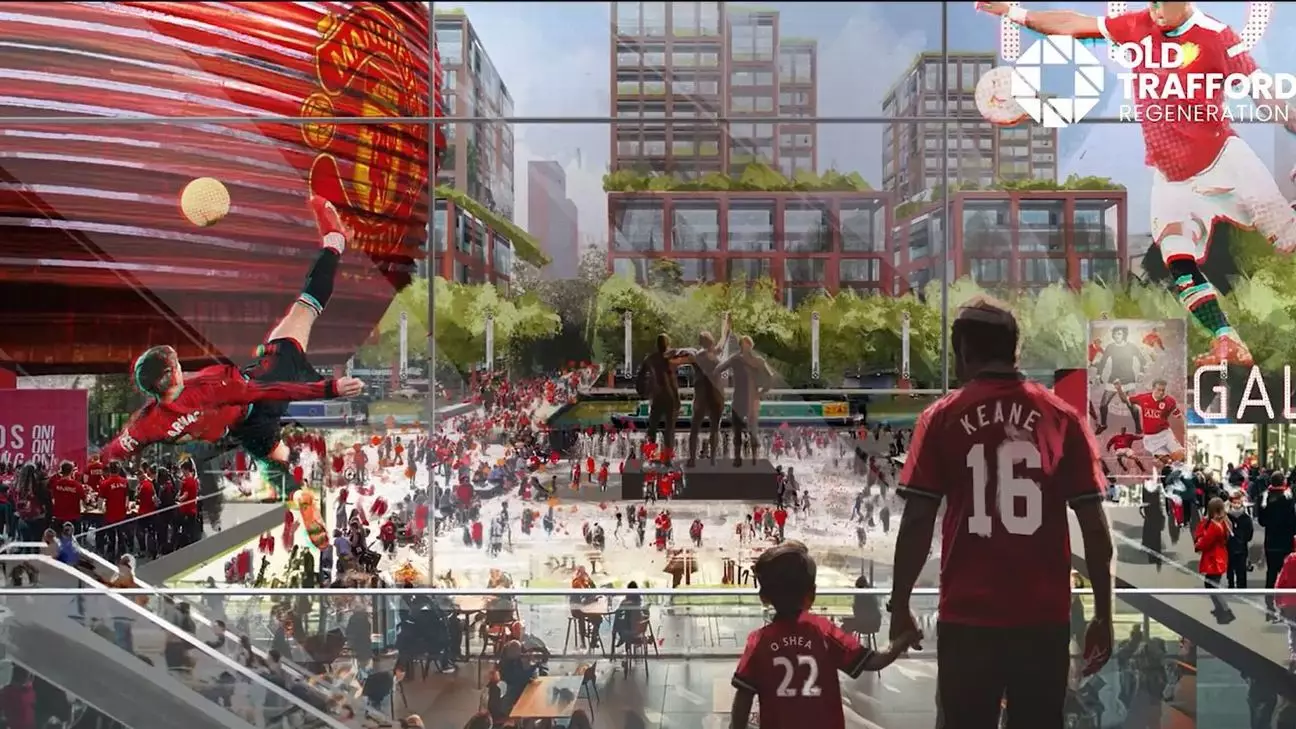In a significant boost for Manchester United, the UK government has expressed its commitment to supporting the football club’s initiative to redevelop its legendary Old Trafford stadium. The Chancellor of the Exchequer, Rachel Reeves, emphasized this backing as part of a broader strategy aimed at revamping the national planning system. In her announcement, Reeves described the project surrounding Old Trafford as pivotal, representing a model for urban development that seeks to invigorate the local economy and enhance community spaces.
Reeves outlined an ambitious vision that extends beyond the stadium itself, as the redevelopment plan includes not only improved sporting facilities but also an array of housing, commercial areas, and public spaces. The notion of establishing a mayoral development corporation to oversee this initiative signals the government’s intent to facilitate comprehensive urban regeneration. Such efforts underscore the significant role that sports infrastructure can play in broader regional development strategies.
Omar Berrarda, Chief Executive Officer of Manchester United, has welcomed the Chancellor’s initiative, pinpointing the transformative potential of a revamped stadium as a key driver for economic revitalization in Greater Manchester. The club recognizes that the successful delivery of a cutting-edge stadium can catalyze significant investment in the surrounding area, which has been in need of revitalization. Berrarda’s comments highlight the collaborative efforts required between the club, the local government, and community stakeholders to turn this ambitious project into a reality.
This collaborative vision brings to light the once-in-a-lifetime opportunity at hand: creating a flagship development that resonates not only with Manchester United fans but with residents across the region. By joining forces, they can ensure that the project not only addresses the immediate needs of the club but also fosters sustainable growth and development for the entire community.
While preliminary reports indicate that the club is favoring the construction of a new 100,000-seat stadium, the decision is not yet final. A task force comprised of influential figures—including Manchester Mayor Andy Burnham and former United captain Gary Neville—has been weighing the merits of both options. A redeveloped Old Trafford could accommodate around 87,000 seats and preserve the historic charm of the iconic venue, while a new stadium could present a more modern, expansive design capable of attracting even larger crowds.
Financial implications cannot be overlooked, with estimates suggesting that a new stadium could cost upwards of £2 billion and take up to six years to complete. This presents a considerable challenge, but if successfully executed, it promises to generate substantial economic impact for the city and its inhabitants.
As Manchester United approaches a decision on the future of Old Trafford, excitement and anticipation mount. The collaboration of public and private sectors not only showcases the power of sporting institutions in driving economic growth but also sets a precedent for how communities can unite for transformative change. The future of Old Trafford could become a benchmark for stadium projects worldwide, celebrating the intersection of sport, infrastructure, and community development.

